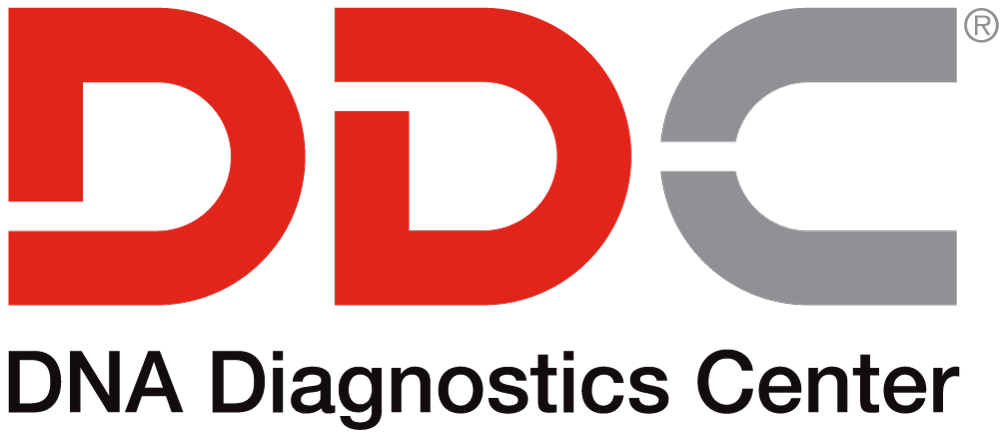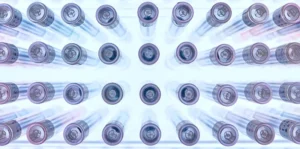NOVEMBER 9, 2023
Assessing Accuracy: How Often Are DNA Tests Wrong?
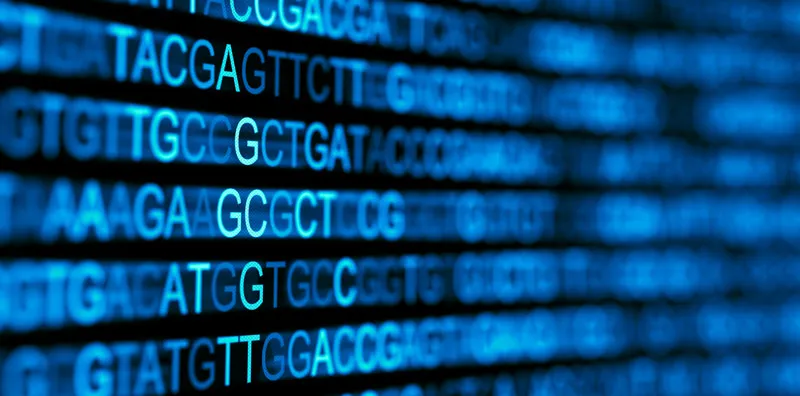
DNA testing refers to examining an individual’s DNA (deoxyribonucleic acid), the unique genetic code that makes up every living organism. People utilize DNA testing for a variety of reasons, including:
- Paternity Testing
- Immigration Testing
- Relationship Testing
- Forensic Testing
- And More
DNA testing is often highly accurate, and errors are extremely rare at accredited facilities that adhere to best practices and protocols. However, non-accredited facilities may be more susceptible to more because their practices are not regularly monitored by trusted accreditation organizations. Here, we will review the different types of DNA tests, factors that contribute to inaccuracies, and how providers can best mitigate these errors.
The Different Types of DNA Tests
Some of the most common diagnostic tests that utilize DNA include:
Paternity Tests
The purpose of paternity testing is to determine if a man is the biological father of a child. It involves comparing the DNA of the child and the potential father to see if they are related. Paternity testing can be beneficial for peace of mind, understanding a child’s health and genetics, and legal reasons like child support and custody.
Immigration Tests
Immigration DNA testing is utilized to determine the biological relationships between immigrants and their family members who are either citizens or legal residents of a country. Immigration testing helps validate relationships for individuals applying for family-based immigration visas or petitions. The results of immigration DNA testing serve as evidence to support the application.
Relationship Tests
Like immigration testing, relationship testing can help determine the biological connections between individuals, including sibling relationships, grandparent/grandchild relationships, and maternal relationships. This form of DNA testing is often utilized to confirm who a child’s father is when a potential father is either unable or unwilling to submit a DNA sample. In place of the suspected father, a member of his family can submit a sample, which a testing provider can then use to establish a biological connection to the child.
Forensic Tests
Forensic DNA testing is used in criminal investigations to analyze biological samples found at crime scenes, such as hair, blood, or skin cells. The results can link a suspect to a crime, confirm or exclude potential suspects, identify victims, or even exonerate individuals who have been wrongfully convicted.
Factors Contributing to Errors in DNA Testing
The accreditation processes and established protocols in DNA testing are designed to mitigate and prevent all types of errors. Rigorous procedures and quality checks are in place to ensure that laboratories adhere to the highest standards of accuracy and reliability. These protocols are designed to prevent the three main categories of errors: human error, technical error, and biological factors.
Human Error
Some examples of human errors that could lead to inaccurate results include:
- Mislabeling of samples
- Contamination during collection
- Contamination during analysis
Technical Error
Some examples of technical errors that could lead to inaccurate results include:
- Equipment Malfunction
- Software Issues
Biological Factors
Some examples of biological factors that could lead to inaccurate results include:
- Genetic Mutations
- Environmental Contamination
- Mixing of Samples
How Often Are DNA Tests Wrong?
A highly accredited laboratory like DNA Diagnostics Center (DDC), which follows stringent protocols for sample handling, testing, and analysis, is likely to yield highly accurate results.
Generally, DNA testing is highly accurate and remains the most effective way to determine biological relationships. Cleveland Clinic notes that paternity testing is nearly 100% accurate. Also, according to the U.S. Department of State, relationship testing reliability has advanced to the industry-accepted standard of 99.5%.
If all standards and protocols are adhered to, the DNA testing process provides little room for error. Accuracy issues arise when providers overlook best practices. One of the best ways to ensure your DNA test is accurate is to choose an accredited and trusted testing provider.
Inconclusive Result
It is important to recognize the difference between incorrect and inconclusive results. Inconclusive results are sometimes unavoidable and are not indicative of an error but rather a limitation in the testing process and/or sample provided. Inconclusive results often arise due to issues like insufficient quantity or quality of DNA in the sample provided.
About DNA Diagnostics Center (DDC)
DNA Diagnostic Center is the world leader in paternity and relationship testing. We serve healthcare professionals, government agencies, and individuals around the world to determine family relationships with trusted accuracy.
More Questions? Don’t hesitate to call us: we’re here to help!
CALL NOW